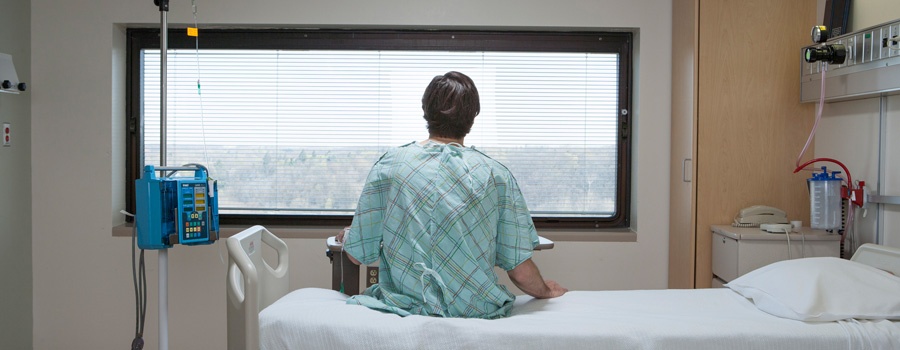Month: October 2016
-

Death vs. Another Hospital Stay: Study Suggests Medicare Should Weigh Them Equally
ANN ARBOR — In the last few years, American hospitals have focused like hawks on how to keep patients from coming back within a few weeks of getting out. Driven by new Medicare penalties for such events, the effort has slowed a ‘revolving door’ of readmissions for heart attack, heart failure and pneumonia patients that…
-

Deadline for Seeking Review of Potential Payment Penalties
Late last month, the Centers for Medicare and Medicaid Services posted information on its website that physicians can consult to determine whether they will be subject to 2017 payment penalties associated with the Physician Quality Reporting System (PQRS) and the Value Modifier. Physician practices that have concerns about the findings in their report(s) have until November…
-

Injured? Dial 1-800-4-MED-MAL
Legislation Threatens Decades of Medical Tort Reforms If 1-800-4-MED-MAL sounds like a personal injury firm advertisement, think again. But if proponents of a radical new alternative medical liability system get their way, 1-800-4-MED-MAL could be an avenue for turning every persistent migraine, bout of acute pain and post-operative bruise into cash payments. This radicalized approach…
-

Danger Exists from Use of Synthetic Cannabinoids
The Alabama Department of Public Health and the Medical Association cautions the public about the hazards associated with the use and the risk to the public from synthetic cannabinoids also known as synthetic marijuana. Users of the synthetic mixtures typically experience symptoms that include rapid heart rate, nausea and vomiting, agitation, confusion, sleepiness, hallucinations, kidney…
-

New CDC Study: Changes in Breast Cancer Death Rates by Age Group
Breast cancer death rates among women decreased during 2010-2014, but racial differences persisted, according to a new study by the Centers for Disease Control and Prevention. The findings show changes for death rates from breast cancer by age group for black and white women, the groups with the highest death rates in the United States.…
-

Zika Update: New Study Supports Biological Link Between Zika Infection, Guillain-Barré Syndrome
In a collaborative effort with scientists at six Colombian hospitals, Johns Hopkins Medicine researchers report what they believe to be the strongest biological evidence to date linking Zika virus infection and Guillain-Barré syndrome. Epidemiology data have long suggested a close relationship between rising Zika virus infection rates and instances of Guillain-Barré. The new study’s results,…
-

Reading Gives You Wings with Marsha Raulerson, M.D.
BREWTON — According to Dr. Seuss in I Can Read with My Eyes Shut!, “The more that you read, the more things you will know. The more you learn, the more places you’ll go.” That’s a philosophy Brewton pediatrician Marsha Raulerson can easily get behind. For more than 30 years, Dr. Raulerson has celebrated her…